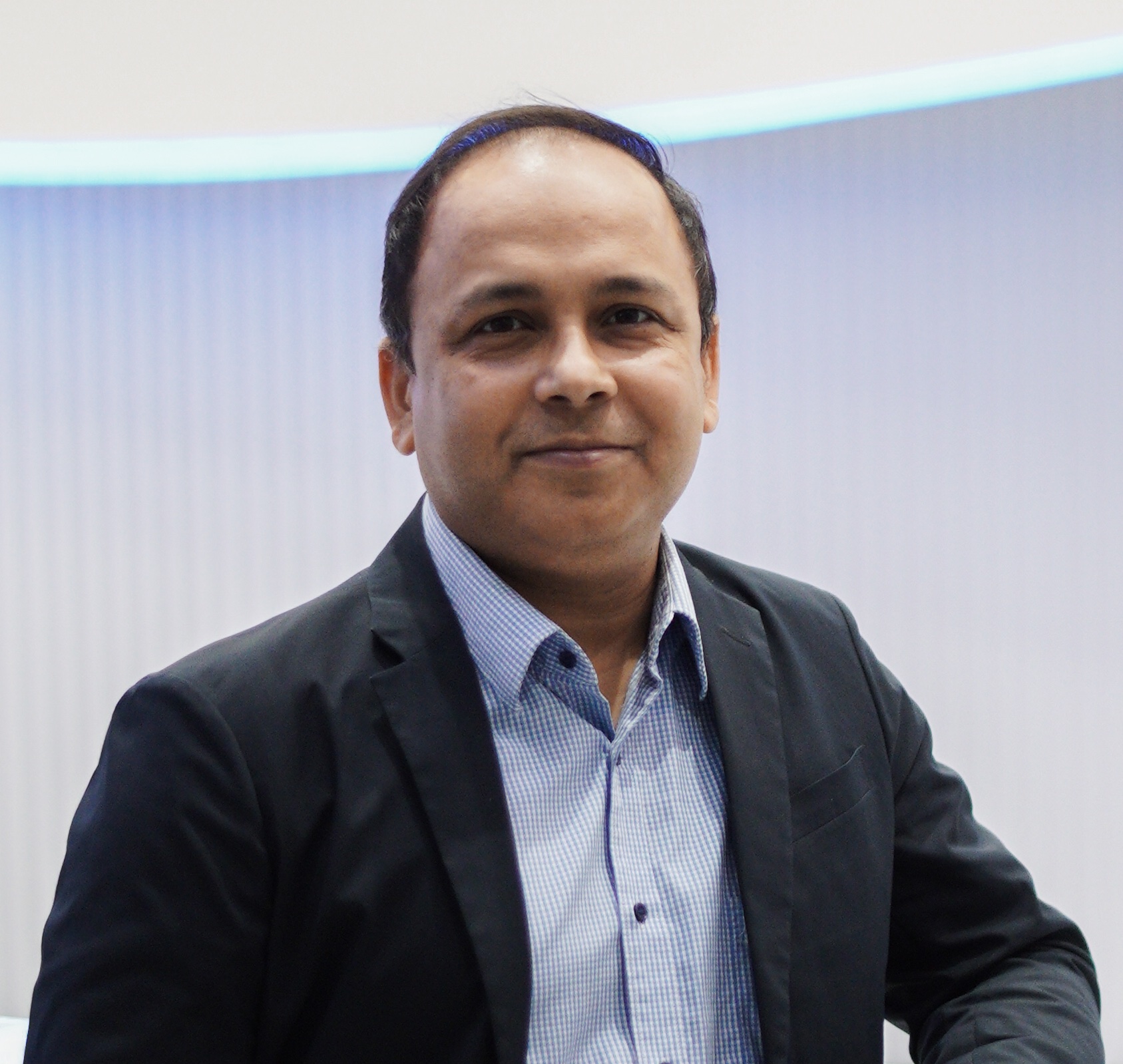Object detection and image recognition are essential tasks in the healthcare industry, especially in medical imaging and diagnosis. Yolov5, an advanced object detection algorithm, can play a significant role in improving the accuracy and efficiency of these tasks.
Yolov5 can be trained on large datasets of medical images, such as MRI, CT scans, and X-rays, to detect and classify different anatomical structures and abnormalities within the images. This can help healthcare professionals to diagnose and treat diseases more accurately and efficiently.
For example, Yolov5 can be used to detect tumors within medical images, enabling healthcare professionals to diagnose cancer earlier and start treatment sooner. It can also be used to detect other medical conditions, such as bone fractures or pulmonary embolisms, which can be difficult to identify without expert medical knowledge.
In addition to medical imaging, Yolov5 can also be used to monitor patient activities and detect anomalies. For example, it can be used to detect falls in elderly patients, enabling healthcare professionals to respond quickly and provide assistance.
Yolov5 can also be used in healthcare research, particularly in areas such as drug discovery and genomics. It can help to identify and classify different types of cells, tissues, and structures within biological samples, allowing researchers to develop new treatments and therapies.
Another area where Yolov5 can be useful in the healthcare industry is in robotics and automation. It can be used to detect and track objects in real-time, enabling robots and automated systems to operate more efficiently and safely.
In summary, Yolov5 is a powerful object detection algorithm that can play a significant role in the healthcare industry. Its ability to detect and classify different anatomical structures and abnormalities within medical images can improve the accuracy and efficiency of diagnosis and treatment. Its potential applications in patient monitoring, healthcare research, and automation make it a valuable tool for healthcare professionals and researchers alike.
